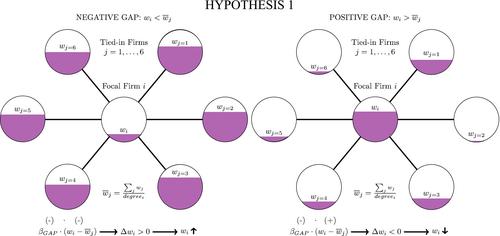This study examines the influence of group behavior on board gender diversity and identifies obstacles to its diffusion. It investigates whether boards are influenced by group behavior in determining their gender composition and explores barriers that impede the diffusion process.
Analyzing a network of over 18,000 US-listed boards observed over 20 years, we find a pattern of mimetic behavior, whereby boards imitate the proportion of women on boards (WoB) among their directly tied boards. We also identify resistant firms with low representation of women on their boards. Our findings suggest that, among those boards, there are heavily male-dominated boards resisting the appointment of women, even when surrounded by women directors among their tied boards. The diffusion of board gender diversity is slowed down by these resistant boards, hindering the overall progress in increasing gender diversity within the board network.
This research contributes insights into group behavior and resistance in board gender diversity. Adopting a network theory lens, our study sheds light on interactions between firms and their connected companies in terms of imitation practices. Drawing on social identity theory, we highlight the significance of the resistance to increasing women's representation exhibited by some boards.
Resistant boards, despite group pressure, slow down the diffusion of board gender diversity within the network, leading to overall stagnation. Understanding the sources of resistance allows an exploration of alternative measures to promote diversity without rigid mandates.


